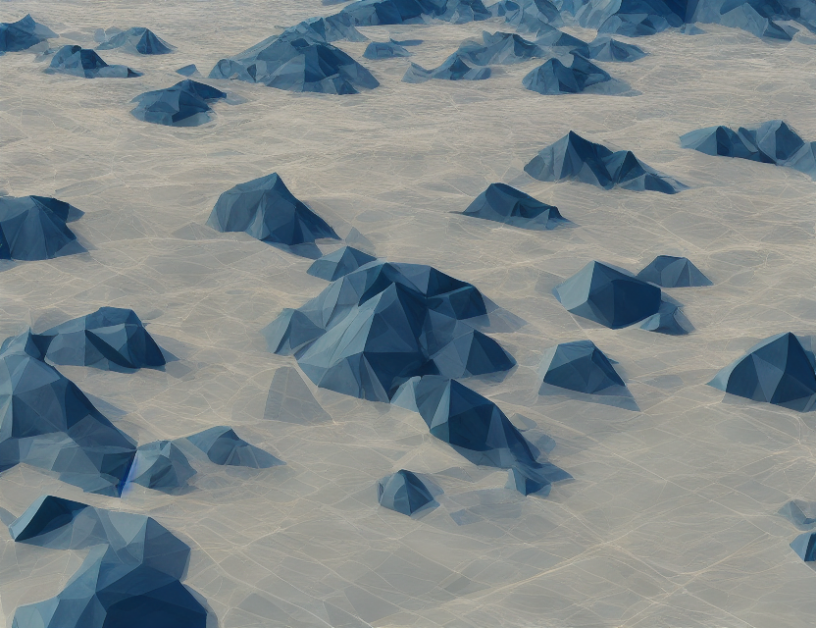In this article, we delve into the fascinating world of phase retrieval, a process used to reconstruct elastic sources from multi-frequency data. We explore the various methods employed in this field, including the Fourier method, and discuss their applications in imaging buried obstacles and cloaking. Our journey begins with an introduction to the context, providing a comprehensive overview of the problem at hand and the different approaches used to tackle it.
Step 1: Choosing Parameters – The first step in phase retrieval is selecting the appropriate parameters, such as the number of frequencies (N), the frequency range (K), and the admissible frequencies (N). These choices play a crucial role in determining the accuracy of the reconstruction process. We compare different approaches to parameter selection, highlighting their advantages and disadvantages.
Step 2: Collecting Data – The next step involves collecting or evaluating the multi-frequency noisy data. This section provides an overview of the data collection process, including the various sources used in this field (e.g., far-field data, near-field data) and the different methods employed to handle noise (e.g., filtering, averaging).
Step 3: Evaluating Data – Once the data has been collected, we evaluate it to determine its suitability for phase retrieval. This section covers the different methods used to assess the quality of the data, including the Fourier transform and other evaluation metrics. We also discuss the challenges associated with evaluating noisy data and the importance of selecting appropriate criteria for data selection.
Step 4: Computing Coefficients – The fourth step is computing the Fourier coefficients, which are essential for phase retrieval. This section provides a detailed explanation of the Fourier method, including the mathematical derivations and the computational algorithms used to compute the coefficients. We also discuss the importance of selecting appropriate basis functions (e.g., Fourier series, wavelets) and the implications of choosing incorrect bases.
Step 5: Defining Truncated Expansion – In this step, we define the truncated Fourier expansion, which is a crucial element in phase retrieval. We discuss the importance of selecting an appropriate number of terms in the expansion (i.e., |l|∞) and the consequences of choosing too many or too few terms.
Step 6: Reconstructing Sources – Finally, we reconstruct the sources using the computed coefficients and the truncated expansion. This section covers the different methods employed to reconstruct sources, including the use of approximate sources (e.g., Green’s function) and iterative algorithms (e.g., Landweber iteration). We also discuss the challenges associated with source reconstruction, such as the choice of initialization and the impact of noise on the accuracy of the reconstruction.
Conclusion: Phase Retrieval Using Fourier Methods – In conclusion, phase retrieval is a powerful tool used in various applications, including imaging buried obstacles and cloaking. The Fourier method provides an efficient approach to phase retrieval, offering accurate results when applied correctly. However, selecting appropriate parameters, handling noisy data, and choosing the right basis functions can be challenging. By understanding these complex concepts and using everyday language and engaging analogies, we demystify the process of phase retrieval, making it accessible to a broader audience.
Mathematics, Numerical Analysis
Imaging Buried Obstacles with Phaseless Far-Field Data



